
Multisectoral approaches to malaria control in Burkina Faso
Identification of non-health sectors with an impact on malaria transmission, and exploration of possibilities for collaboration
Why this project?
Malaria is still a public health challenge in Burkina Faso, one of 10 African countries facing a high malaria burden. Data from the statistical yearbook show a malaria incidence of 527 per 1000 country inhabitants and a mortality rate of 0.8%.
In 2020, the intermittent preventive treatment (IPT) coverage in Burkina Faso remained well below the target of 100% at only 55.9%. According to a 2017–2018 survey, only 58% of pregnant women received a minimum of three doses of IPT.
The same survey showed that long-lasting insecticidal net (LLIN) coverage in pregnant women was high at 97%, while 74% of households had at least one LLIN but only 58% slept under one at night.
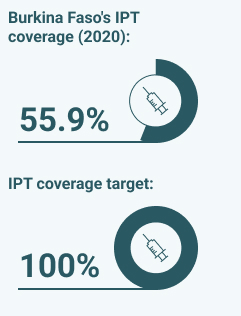
Factors contributing to the high incidence of malaria in Burkina Faso include:
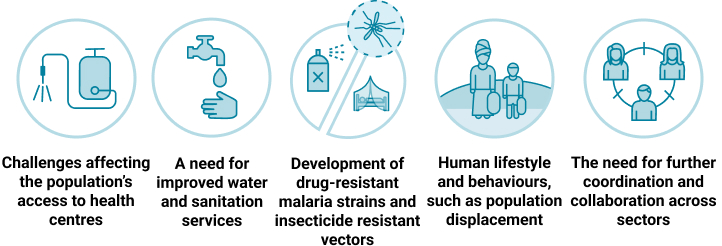
Why the need for a multisectoral approach?
The main strategies for malaria control in Burkina Faso are:
Prevention
- Vector control
- Seasonal malaria chemoprevention
- Indoor residual spraying
- IPT

Case management
- Diagnosis and treatment

Programme management
- Coordination
- Communication
- Data management for decision-making
But the challenges are increasing...
With rising insecurity and internally displaced persons (IDPs), more individuals are becoming vulnerable to malaria. There is a need for improved access to prevention and management measures to address this situation.
Burkina Faso has committed to combat malaria through political will and adherence to global initiatives for malaria control, including the high burden to high impact (HBHI) approach.
The aims
The study has the following aims:
- Test and and deploy the Chinese 1,7 RDT approach in Burkina Faso. Other participating countries are Senegal, the United Republic of Tanzania and Zambia.
- To study the MSA approach in Burkina Faso.
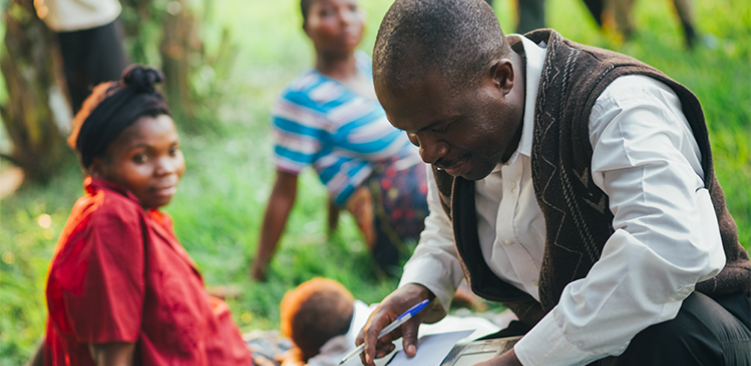
Objectives
The objectives of the MSA component of the study are the following:
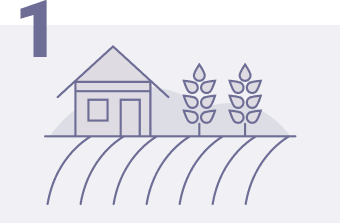
Identify non-health sectors that could provide support in malaria control.

Explore the possible benefits of including non-health sectors, for all sectors involved.

Identify the impacts and benefits of the joint activity between health and non-health sectors.
The research sites
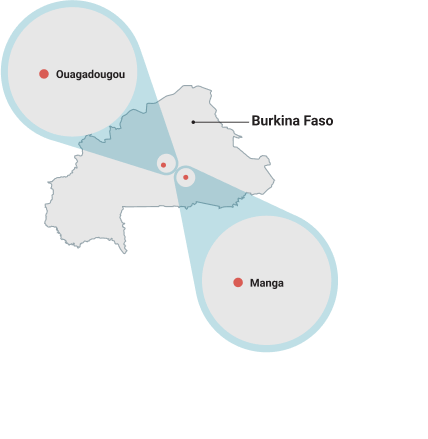
This study has been initiated in Ougadougou and Manga. It will later be extended to the other 13 regions in Burkina Faso.
Collaboration and funding
This project was part of a collaboration with the WHO Global Malaria Programme and the Chinese CDC and was financially supported by the UN Peace and Development Fund.

